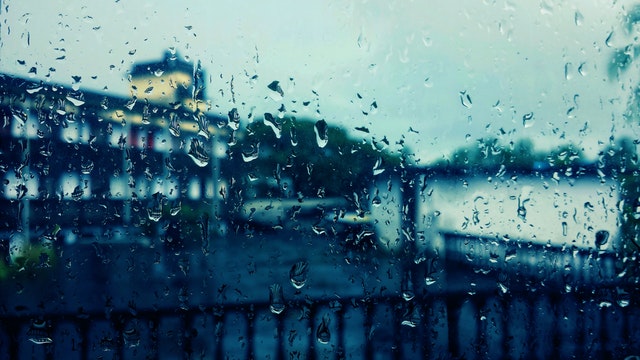
Rain, in itself, is safe to use in different tasks that require water. Thing is, as long as there is atmospheric and surface pollution, using the rain stored in a barrel that was placed under a downspout the last time it rained will never be a good idea.
Enter the following well-known ways to purify rain so it becomes clean and safe:
The first method is the creation of a rainwater harvesting system. Parts needed include a metal (unpainted) catchment, top-grade pipes, clean and durable underground water tanks (number varies depending on the amount of rain you get each year), and a number of different filters (including the first flush diverter). The second is the proper installation of each of the parts to prevent the entry of contaminants (like bird droppings and leaves), pollutants, micro-organisms, and insects into the system, especially the tank. The third is regular and proper cleaning and maintenance of the whole system.
While these three methods are more than enough to assure you of clean and safe rainwater, there are more methods that can be implemented. These methods, highlighted below, help make clean and safe rainwater become cleaner and safer rainwater.
Chlorine
It’s no wonder that chlorine is used to make swimming pools and public water systems cleaner—it can eliminate harmful waterborne micro-organisms and viruses that can cause numerous diseases like typhoid, cholera, hepatitis, and dysentery.
Proper use of chlorine to make rainwater safer and cleaner to use usually involves the pouring of 2.3 fl oz of bleach for every 1,000 gallons of rainwater. The dosage rate varies depending on the cleanliness of rainwater to be treated, temperature, and pH level.
The thing with chlorine is that it’s highly reactive and combines easily with organic materials to form harmful trihalomethanes. One example of a trihalomethane is chloroform, formed from the reaction of chlorine and fulvic or humic acids, normally found in water.
Membrane Filtration
This method, like most other filtration methods, involves pushing rainwater through a certain material. In this case, water is pushed through a membrane. Pressure-driven technologies include ultrafiltration, microfiltration, reverse osmosis, and nanofiltration. It is a technology that’s capable of eliminating pharmaceuticals, and does not produce any byproducts.
One of the downsides to membrane filtration is the cost—the technologies involved cost more than other alternatives. Fortunately, prices are currently in decline.
Another downside to membrane filtration is the difficulty of choosing the appropriate technology. Membrane technology constantly changes. Worse, there aren’t any real standards in place. Because of this, it’s important to ensure that you are aware of your needs before you make your purchase.
Microfiltration is the first membrane filtration option you can choose. The membrane used in this option has a pore size measuring up to ten microns. The size of each pore means this system can remove more impurities. Some impurities the system can remove include clay, sand, cysts, algae, and a few bacteria.
Ultrafiltration is the second membrane filtration option. It involves the use of a material with pores measuring up to 0.1 microns. It is capable of removing every material from water, as well as a few viruses.
Nanofiltration membranes have pores measuring just .001 microns, and as such, more power is needed to push water through them. But in exchange, every single virtually every contaminant is removed.
Reverse osmosis is a widely-used technology. They are capable of removing the finest particles, and are simple to use or operate. This type of system can remove natural organics, radium, cysts, viruses, and bacteria, but only if a certified one is used.



Leave A Comment